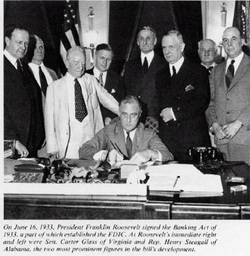

Today many well-educated and well-trained professionals are federal employees. The Pendleton Act transformed the nature of public service. Additionally, federal jobs became more specialized and required special and specific skills due to industrialization. In Jackson’s time, there were approximately 20,000 federal employees. The rapid expansion of the federal bureaucracy emboldened job seekers to hound the president-elect. The term "spoils system" derives from the phrase "to the victor go the spoils." The flaws and abuses in this system worsened as candidates required political appointees to spend ever more time and money on political activities.
#HUNDRED DAYS OF REFORM DEFINITION AP WORLD HISTORY FULL#
By the time Andrew Jackson was elected president in 1828, the "spoils system," in which officials rewarded political friends and supporters with government positions, was in full force. The Civil Service Commission was established to enforce this act.Īlthough President George Washington based most of his federal appointments on merit, subsequent presidents deviated from this policy. The law further forbade requiring employees to give political service or contributions. The act also made it unlawful to fire or demote for political reasons employees who were covered by the law. The Pendleton Act provided that federal government jobs be awarded on the basis of merit and that government employees be selected through competitive exams. Arthur, who had become an ardent reformer after Garfield’s assassination. The act took its name from long-time reformer Senator George Hunt Pendleton of Ohio and was signed into law by President Chester A. Garfield by a disgruntled job seeker, Congress passed the Pendleton Act in January of 1883. Following the assassination of President James A.


 0 kommentar(er)
0 kommentar(er)
